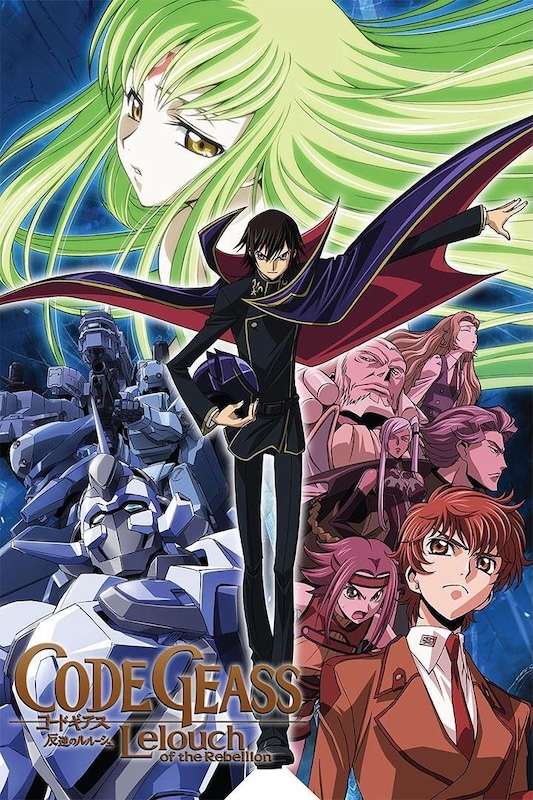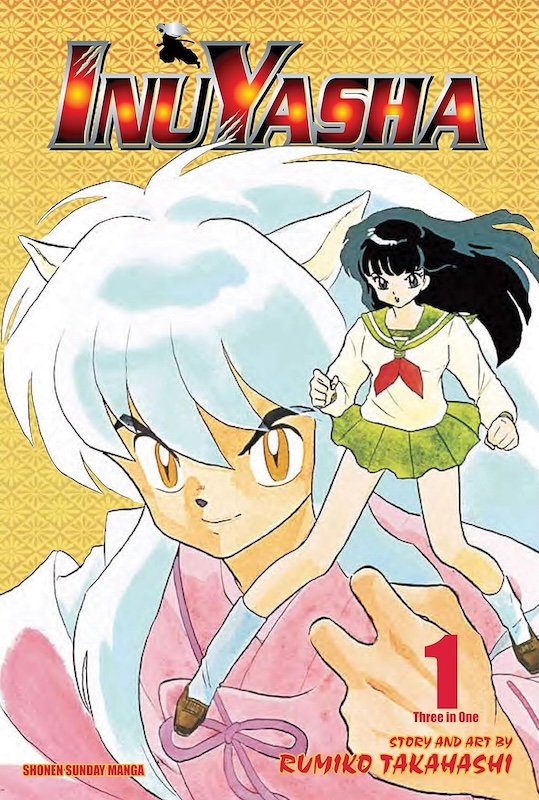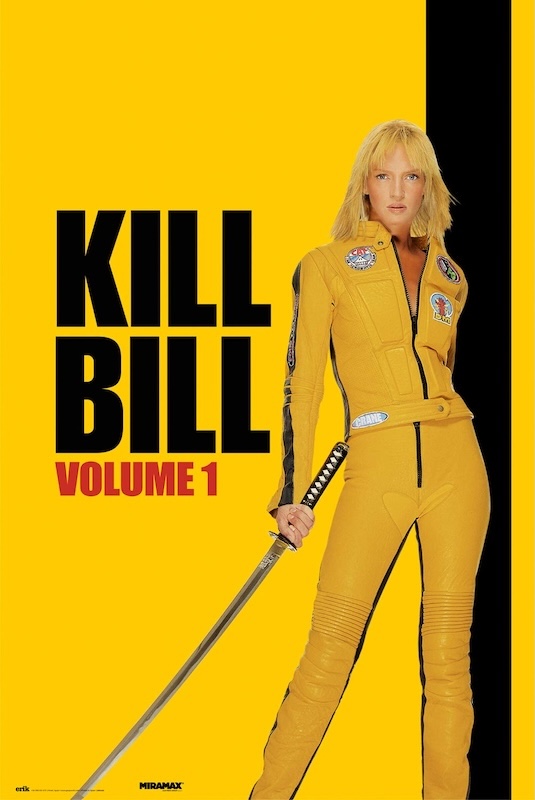A considerable amount of Revenge Plots are actually Avenge/Retaliatory Plots in disguise.
Hello. My name is Inigo Montoya. You killed my father. Prepare to die. Ok, it’s totally not. But let’s talk about Revenge plots.
There are 3 main types to consider if you’re thinking about writing a Revenge Story. So let’s dive into them, Story Quester!
Direct Revenge Plot
In this plot type, the Legendary Character was personally wronged and is seeking revenge against a person or organization. Think Edmond Dantès from Count of Monte Cristo, Mathilda Lando in Léon: The Professional, or Beatrix “the Bride” Kiddo in Kill Bill.
Lelouch in Code Geass: Lelouch of the Rebellion is another perfect example. Not only has he been exiled by his father, Emperor Charles zi Britannia, but he’s also hiding under the assumed identity—Lelouch Lamperouge to protect his disabled little sister Nunnally after the murder of their mother.
Avenge or Retaliatory Plot
In this plot type, the Legendary Character is seeking to avenge someone or is seeking retaliation on behalf of their people.
Literally, everyone on the main cast in Inuyasha—aside from Kagome—has this plot arc. They’re all looking to avenge their dead loved ones because of the series villain Naraku.
The previously mentioned Inigo Montoya from The Princess Bride is on a quest to avenge his swordsmith father, who was murdered by the 6-fingered Man when Inigo was a child. (When I was 4, I 100% named my pet cat Princess Buttercup due to this movie.)
The entire setup for John Wick is him avenging the cold-blooded murder of his dog. A gift from his beloved late wife.
As you can see, a considerable amount of Revenge Plots are actually Avenge/Retaliatory Plots in disguise.
Distorted Revenge Plot
In this plot type, the Legendary Character misunderstood something they saw, read, or heard, which led them down a path of revenge against persons who—in reality—have done them no wrong.
In this plot, the Point-of-View (POV) character can either be good or villainous. As long as the person they are seeking revenge against isn’t revealed to be innocent until very late in the story.
This sort of plot also works for mistaken identity plots, espionage plots, and plots where a single event is repeated from multiple points of view. And also in any story where important info can be concealed from the Legendary Character.
Kill Bill is a unique example because it combines both the Distorted Revenge Plot and the Direct Revenge Plot in one story.
Bill falsely believes Beatrix Kiddo has betrayed him, and thus he attempts to take her out (a Distorted Revenge plot). This later sets up Beatrix’s justified Direct Revenge plot when she wakes from her coma.
And there you have it, Story Quester, 3 different types of revenge plots to add to your stories. Well, until next time, this is your friendly neighborhood storytelling Kat signing off.
Question of the week
What’s your favorite revenge story, Story Quester? Leave a comment and share!





Leave a Reply